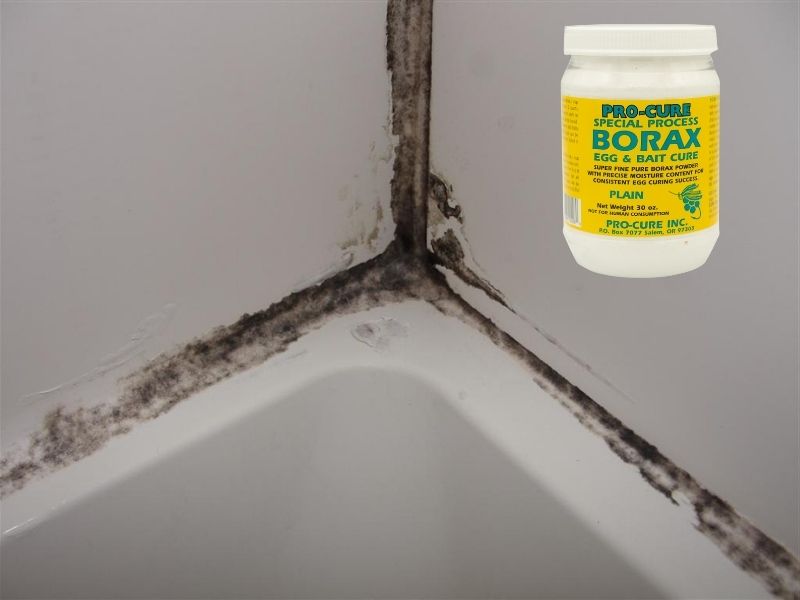Identifying and Removing Black Mould
![]()
Black mould, a common problem in bathrooms, can thrive in damp and humid environments, often appearing in silicone sealant around tubs, showers, and sinks. It’s crucial to identify and remove black mould promptly to prevent health risks and maintain a clean and hygienic bathroom.
Identifying Black Mould
Black mould is a type of fungus that appears as dark, fuzzy patches on surfaces. It thrives in warm, humid environments and can grow on various materials, including silicone sealant. Identifying black mould is crucial for addressing the problem effectively.
- Black mould typically appears as dark, fuzzy patches, often with a greenish or greyish tinge.
- It can grow in damp areas, such as the grout between tiles, the silicone sealant around tubs and sinks, and even on the walls.
- Black mould has a musty, earthy odour, which can be a strong indicator of its presence.
- The presence of black mould can trigger allergies and respiratory problems, especially in individuals with sensitivities.
Removing Black Mould
Removing black mould from bathroom silicone requires a combination of cleaning and preventative measures. The following steps are essential for effective black mould removal:
- Prepare the Area: Wear protective gear, such as gloves, a mask, and eye protection, to avoid inhaling mould spores. Open windows and doors for ventilation during cleaning. Remove any loose mould with a damp cloth or paper towel.
- Apply Cleaning Solution: Mix a solution of bleach and water (1:10 ratio) in a spray bottle. Apply the solution directly to the mould-affected areas, ensuring the entire area is covered. Let the solution sit for 10-15 minutes.
- Scrub and Rinse: Use a stiff-bristled brush to scrub the mould-affected areas, ensuring the cleaning solution reaches all crevices. Rinse the area thoroughly with clean water and dry it completely with a clean cloth or towel.
- Repeat if Necessary: If the mould persists, repeat the cleaning process. For stubborn mould, consider using a commercial mould remover. Follow the product instructions carefully.
Using Appropriate Cleaning Products
Using the right cleaning products is crucial for effective black mould removal. Bleach is an effective disinfectant that can kill mould spores. However, bleach can also damage some surfaces, so it’s essential to test it on a small, inconspicuous area first. Commercial mould removers are also available, but it’s important to follow the manufacturer’s instructions carefully.
Avoid using vinegar as a cleaning agent for black mould. Vinegar is an acidic solution that can weaken the silicone sealant, making it more susceptible to mould growth.
Preventing Future Growth: Black Mould Bathroom Silicone

Black mould bathroom silicone – Once you’ve successfully removed black mould from your bathroom silicone, it’s crucial to take steps to prevent its return. Mould thrives in damp, humid environments, making bathrooms a prime breeding ground. By implementing preventative measures and maintaining your bathroom silicone, you can create an environment that discourages mould growth.
Regular Cleaning and Maintenance
Regular cleaning and maintenance of your bathroom silicone is essential to prevent mould growth. The following steps can help keep your bathroom silicone clean and mould-free:
- Clean regularly: Clean your bathroom silicone at least once a week with a mild soap and water solution. Use a soft-bristled brush to gently scrub the silicone, ensuring you reach all the crevices. This will remove any dirt, debris, and soap residue that can provide a breeding ground for mould.
- Dry thoroughly: After cleaning, ensure you dry the silicone thoroughly with a clean cloth. Leaving any moisture behind can encourage mould growth.
- Ventilate adequately: Proper ventilation is crucial for preventing mould growth. Make sure your bathroom has a working exhaust fan and use it during and after showering or bathing. This will remove excess moisture from the air, reducing the chances of mould developing.
- Repair any damage: If you notice any cracks, gaps, or peeling in your bathroom silicone, repair them immediately. These imperfections can trap moisture and provide a breeding ground for mould.
Benefits of Mould-Resistant Silicone Sealant, Black mould bathroom silicone
Using mould-resistant silicone sealant offers several advantages when it comes to preventing mould growth in your bathroom:
- Inhibits mould growth: Mould-resistant silicone sealant contains specific additives that prevent mould spores from attaching and growing on the sealant surface. This creates a barrier against mould, making it less likely to develop.
- Long-lasting protection: Mould-resistant silicone sealant offers long-lasting protection against mould growth, typically lasting for several years. This means you can enjoy a mould-free bathroom for an extended period without worrying about frequent reapplication.
- Easy maintenance: Mould-resistant silicone sealant is generally easier to clean and maintain than standard silicone sealant. Its properties make it less susceptible to mould growth, reducing the need for frequent cleaning and scrubbing.
Yo, black mold in the bathroom silicone is a total buzzkill, man. It’s like, the worst, especially if you’re trying to keep your bathroom looking fresh. But hey, if you’re going for a more dramatic vibe, check out a modern black marble bathroom – it’s like, the opposite of that moldy vibe.
Maybe that’ll inspire you to get that silicone fixed, though, before it gets too out of control.
Yo, black mold in the bathroom is a real buzzkill, man. It’s like, the worst. But hey, at least you can upgrade your bathroom game with some fresh cabinets. Check out the sick styles on wayfair com bathroom cabinets , they got everything from modern to farmhouse.
Once your bathroom is looking fly, you can tackle that mold problem with some bleach and a good scrub.
